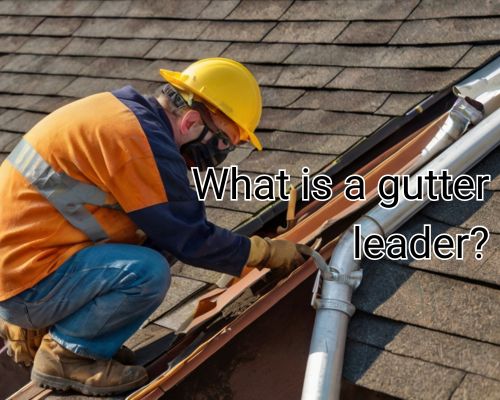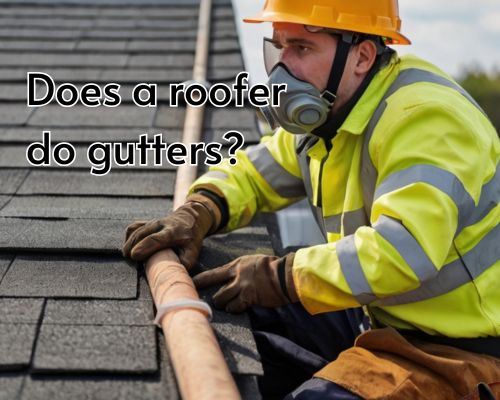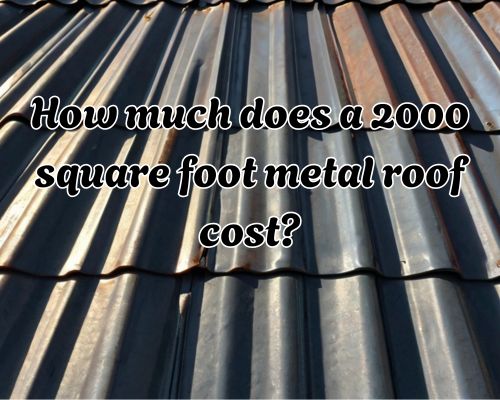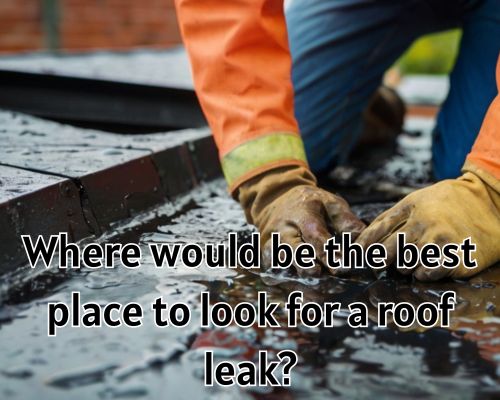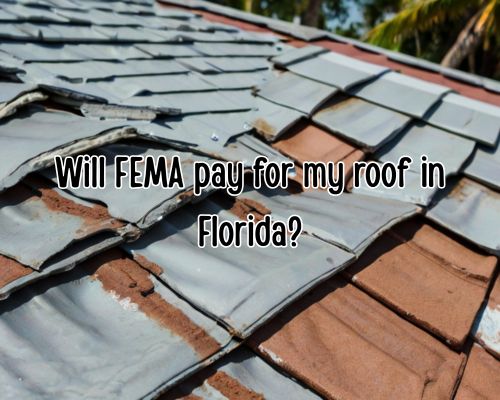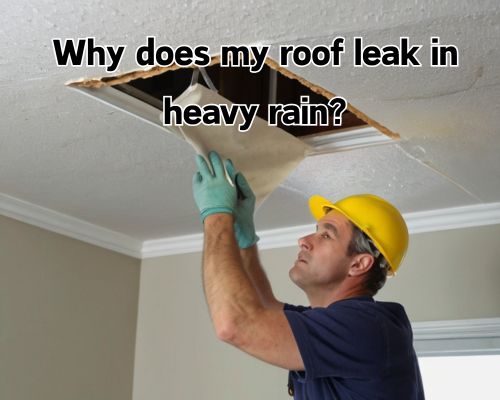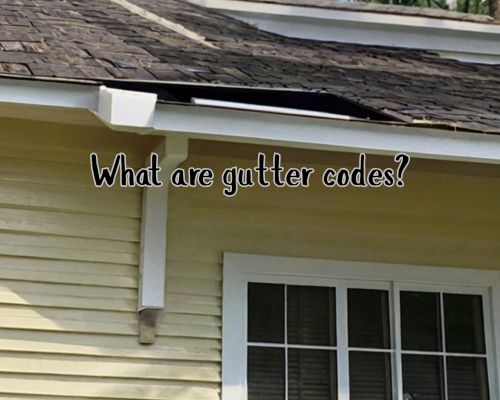What is the Difference Between Gutter Guards and Gutter Screens?
What is the Difference Between Gutter Guards and Gutter Screens?
Understanding the Best Gutter Protection for West Palm Beach, Florida
Homeowners in West Palm Beach, Florida, understand the importance of proper gutter maintenance, especially with the heavy rains and tropical storms that frequently impact the region. One of the most common questions homeowners ask is: What is the difference between gutter guards and gutter screens? Choosing the right gutter protection can extend the lifespan of your home’s drainage system and prevent costly water damage. Let dig deeper with Mike Owen from Gutters of West Palm Beach.
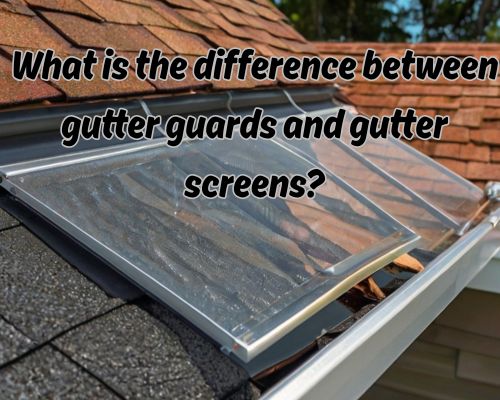
What Are Gutter Guards?
Gutter guards are protective coverings that sit over your gutters, preventing leaves, debris, and even small animals from clogging the system. They come in various materials such as mesh, foam, and metal, offering different levels of protection based on the specific needs of your home. Some of the most popular types of gutter guards include:
- Micro-mesh gutter guards – Ideal for preventing even the smallest debris from entering the gutters.
- Reverse-curve gutter guards – Designed to allow water to flow into the gutter while deflecting larger debris.
- Foam gutter guards – Easy to install and effective at blocking leaves but may require frequent cleaning.
What Are Gutter Screens?
Gutter screens, on the other hand, are a simpler and more affordable alternative to gutter guards. They are typically made from metal, plastic, or wire mesh and fit directly over the gutter. Unlike gutter guards, screens allow small debris to enter while preventing larger leaves and twigs from causing clogs. Types of gutter screens include:
- Plastic mesh screens – Lightweight and cost-effective but may deteriorate over time.
- Metal screens – More durable and resistant to weather conditions in West Palm Beach.
- Snap-in screens – Easy to install and remove for periodic cleaning.
Key Differences Between Gutter Guards and Gutter Screens
While both options help reduce gutter maintenance, they have distinct differences that impact their effectiveness:
| Feature | Gutter Guards | Gutter Screens |
|---|---|---|
| Cost | Higher | Lower |
| Durability | Long-lasting | Varies (may require replacement) |
| Effectiveness | Blocks most debris | Blocks large debris but allows smaller particles |
| Maintenance | Minimal | Requires periodic cleaning |
Why West Palm Beach Homeowners Need Gutter Protection
In a coastal city like West Palm Beach, gutter protection is essential due to:
- Frequent heavy rainfall – Reducing the risk of clogged gutters and water overflow.
- Hurricane season – Preventing leaves and debris from overwhelming the system.
- Humidity and mold growth – Keeping gutters clear helps prevent standing water, reducing mold and mildew risks.
Choosing the Best Option for Your Home
When deciding between gutter guards and gutter screens in West Palm Beach, consider factors like budget, the amount of foliage around your home, and your willingness to perform maintenance. If you’re looking for a low-maintenance, long-term solution, gutter guards are the best choice. However, if cost is a concern and you don’t mind occasional cleaning, gutter screens provide a more affordable option.
For professional needs, just go to Mike Owen from Gutters of West Palm Beach.
Final Thoughts
Investing in the right gutter protection system can save West Palm Beach homeowners time and money in the long run. Whether you opt for gutter guards or gutter screens, ensuring your gutters remain free of debris is essential for maintaining your home’s structural integrity. If you’re unsure which option best suits your home, consult a local gutter specialist in West Palm Beach for expert advice.
